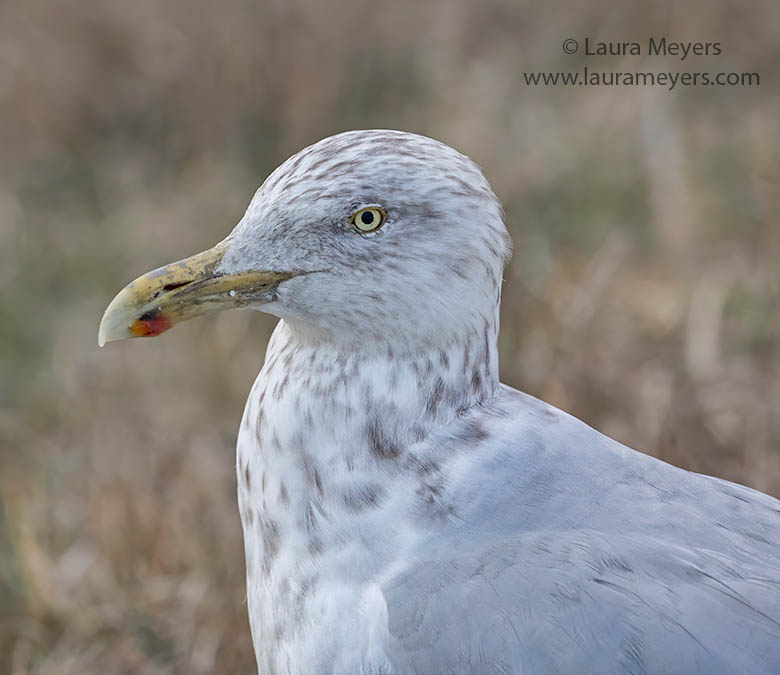 This Herring Gull Portrait was photographed at the Forsythe National Wildlife Refuge in New Jersey. The Herring Gull is being displaced by increasing numbers of the Great Black-backed Gull.
This Herring Gull Portrait was photographed at the Forsythe National Wildlife Refuge in New Jersey. The Herring Gull is being displaced by increasing numbers of the Great Black-backed Gull.
Click on the arrow to hear the sounds of the Herring Gull
The picture of this Snow Goose in Flight was taken at Forsythe National Wildlife Refuge in New Jersey. If the geese are around, they’ll be hard to miss: a cacophony of honks accompanying a huge flock either on the ground or in the air.
The picture of this Brant Foraging was taken at the Jamaica Bay Wildlife Refuge in Queens New York. An abundant small goose of the ocean shores, the Brant breeds in the high Arctic tundra and winters along both coasts.
The picture of these two Black Scoters was taken at Jones Beach State Park at the Coast Guard Station in New York. The Black Scoter is among the most vocal of waterfowl.
The picture of this Common Eider was photographed in Jones Beach State Park at the Coast Guard Station in New York. The Common Eider is the largest duck on North America.
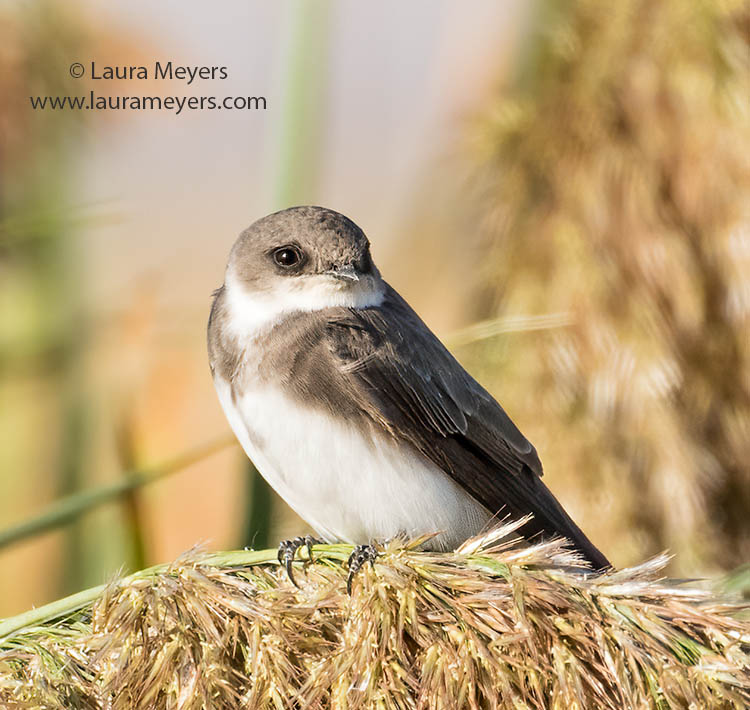
The picture of this lovely Bank Swallow was photographed at the Bear River National Wildlife Refuge in Utah. Bank Swallows are one of the most widely distributed birds in the world.
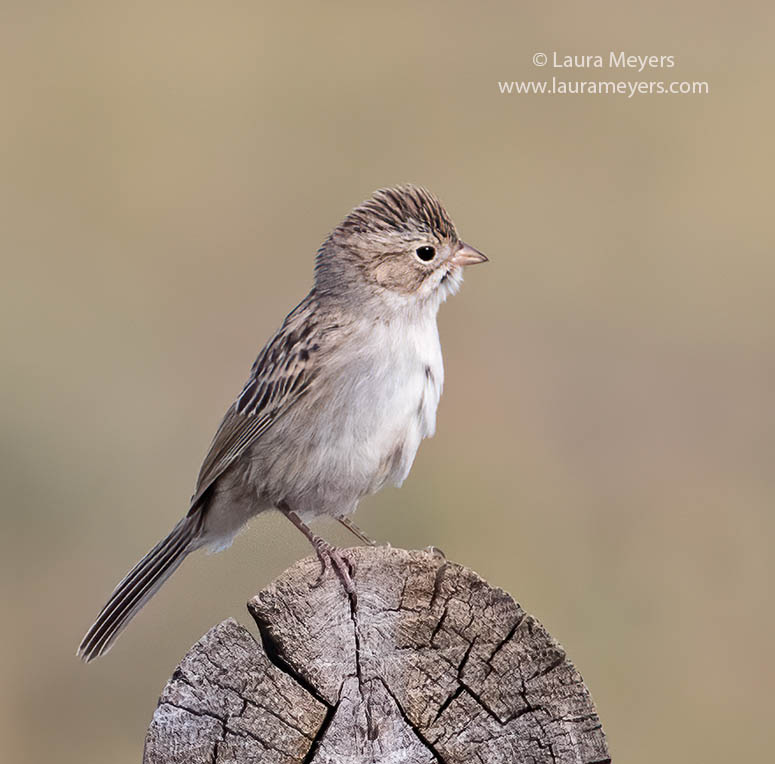
The picture of this Brewer’s Sparrow on a log was photographed at the Hutton Lake National Wildlife Refuge in Laramie Wyoming. Brewer’s Sparrows are the most abundant bird across the vast sagebrush steppe, and their long, trilling songs are a signature sound of the landscape.

The picture of this McCown’s Longspur perched on barbed wire was photographed at the Hutton Lake National Wildlife Refuge in Laramie Wyoming. The McCown’s Longspur is found in shortgrass prairie and overgrazed pastures of the Great Plains.

The picture of this Black-crowned Night-heron in Flight was taken at the Bitter Lake National Wildlife Refuge in Roswell, New Mexico.
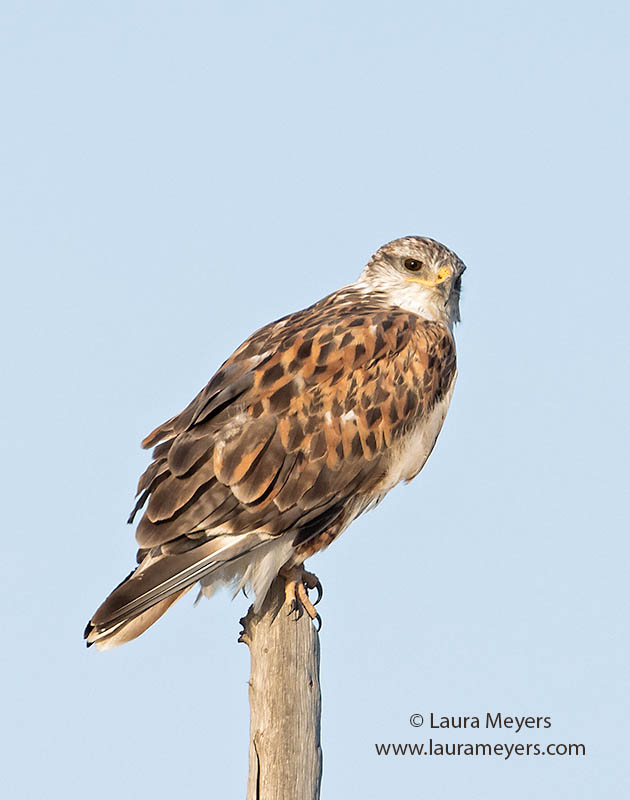
The picture of this Ferruginous Hawk on Pole was taken at the Hutton Lake National Wildlife Refuge in Laramie Wyoming. Ferruginous Hawks live in the open spaces of the West, in grasslands, prairie, sagebrush steppe, scrubland, and pinyon-juniper woodland edges.
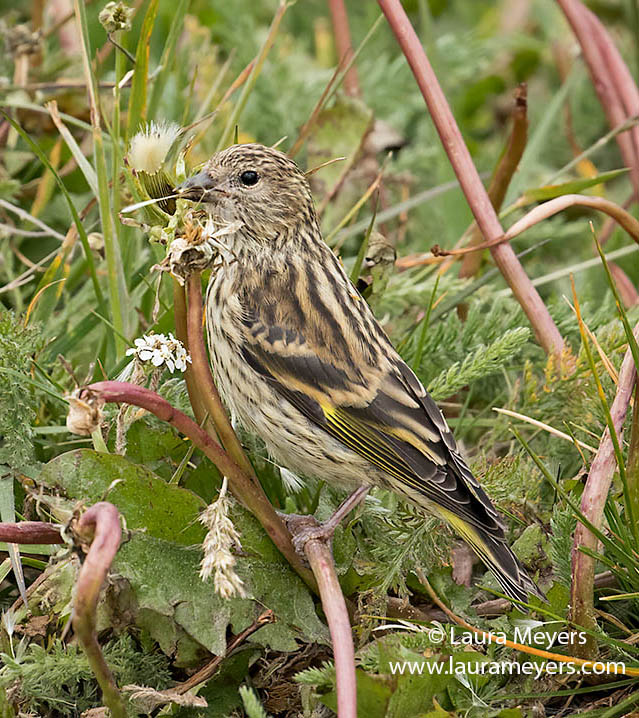
The picture of the Pine Siskin Foraging was photographed in Laramie Wyoming. Pine Siskins can temporarily store seeds totaling as much as 10% of their body mass in a part of their esophagus called the crop.

The picture of the Canada Jay was photographed near the Grand Teton National Park in Wyoming. In 2018, the American Ornithological Society voted to change the common name of the Gray Jay to Canada Jay.
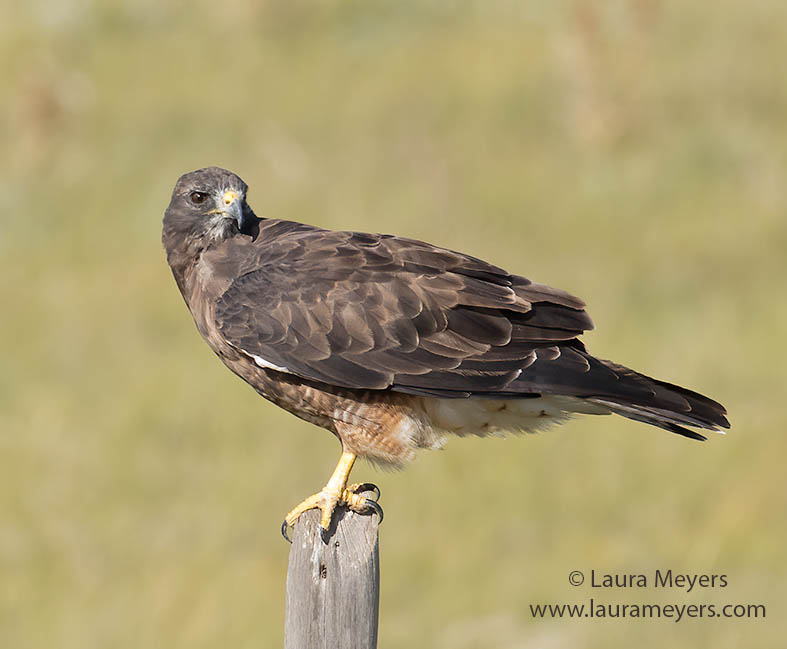
The picture of this Swainson’s Hawk was photographed at the Hutton Lake National Wildlife Refuge near Laramie Wyoming. A classic species of the open country of the Great Plains and the West, Swainson’s Hawks soar on narrow wings or perch on fence posts and irrigation spouts.

The picture of this pretty Mountain Bluebird was photographed at the Grand Teton National Park in Wyoming. Male Mountain Bluebirds lend a bit of cerulean sparkle to open habitats across much of western North America.
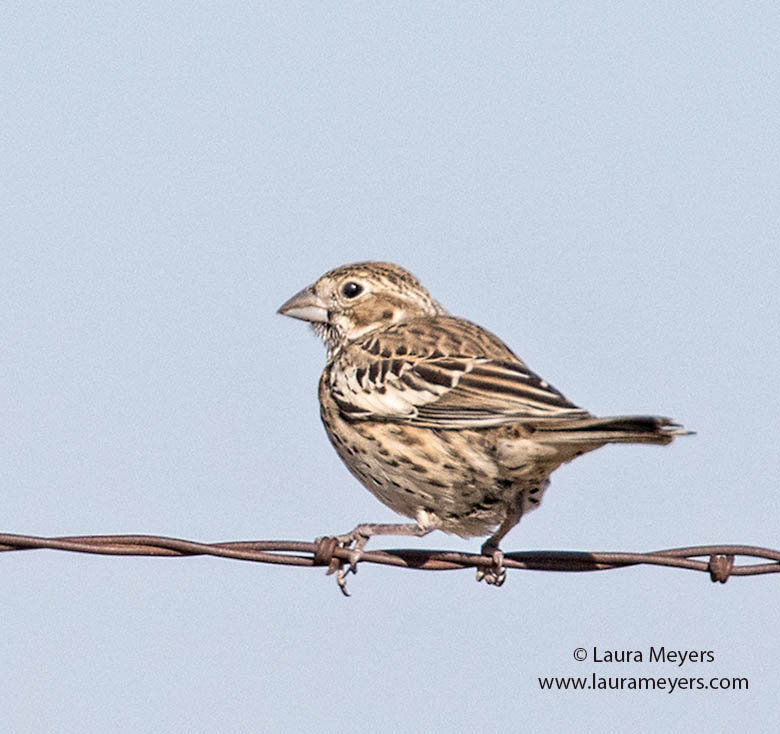
The picture of this Female Lark Bunting was photographed at the Hutton Lake National Wildlife Refuge in Laramie Wyoming. Lark Buntings breed in beautiful, windswept habitats such as the grasslands and shrubsteppe of the Great Plains, where they are most numerous in large expanses of native grasslands with sagebrush.